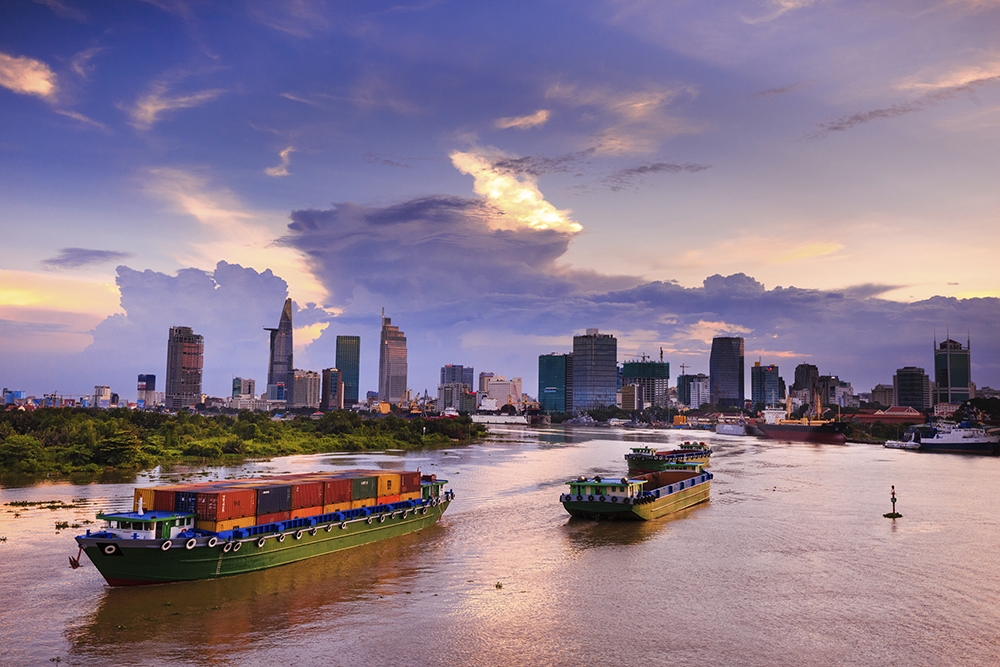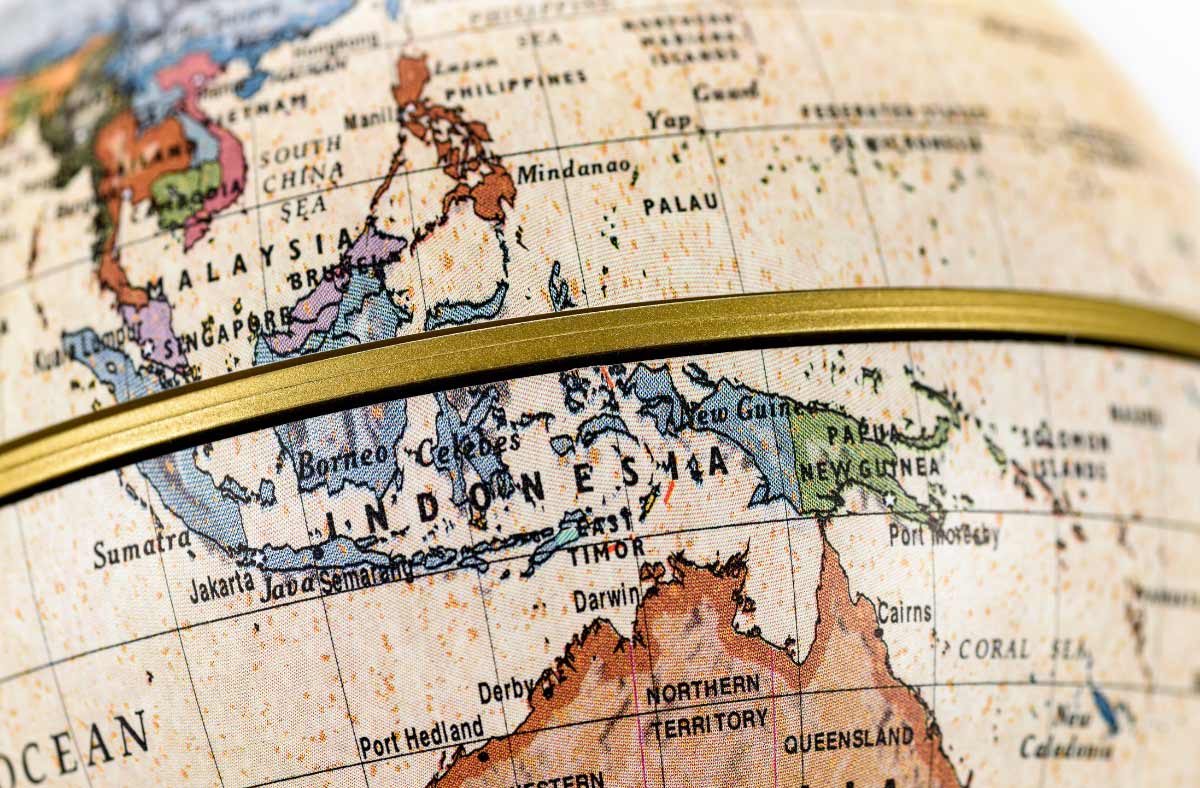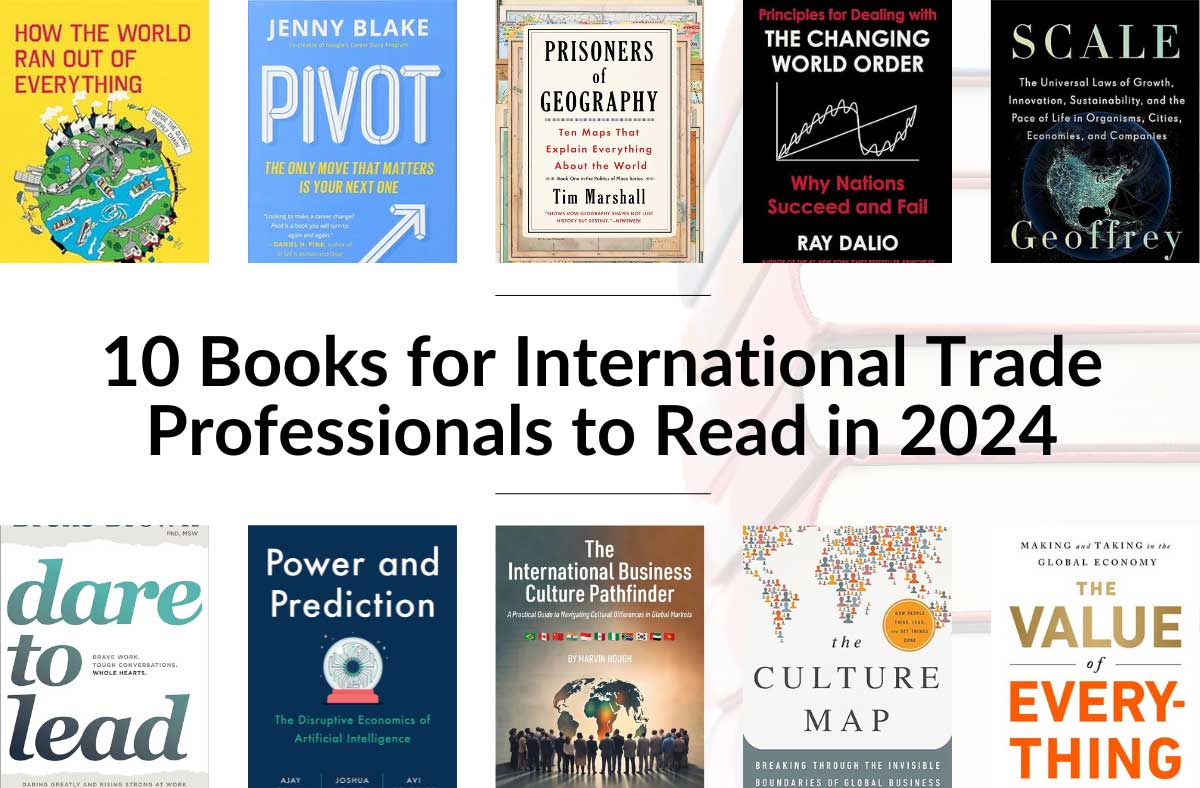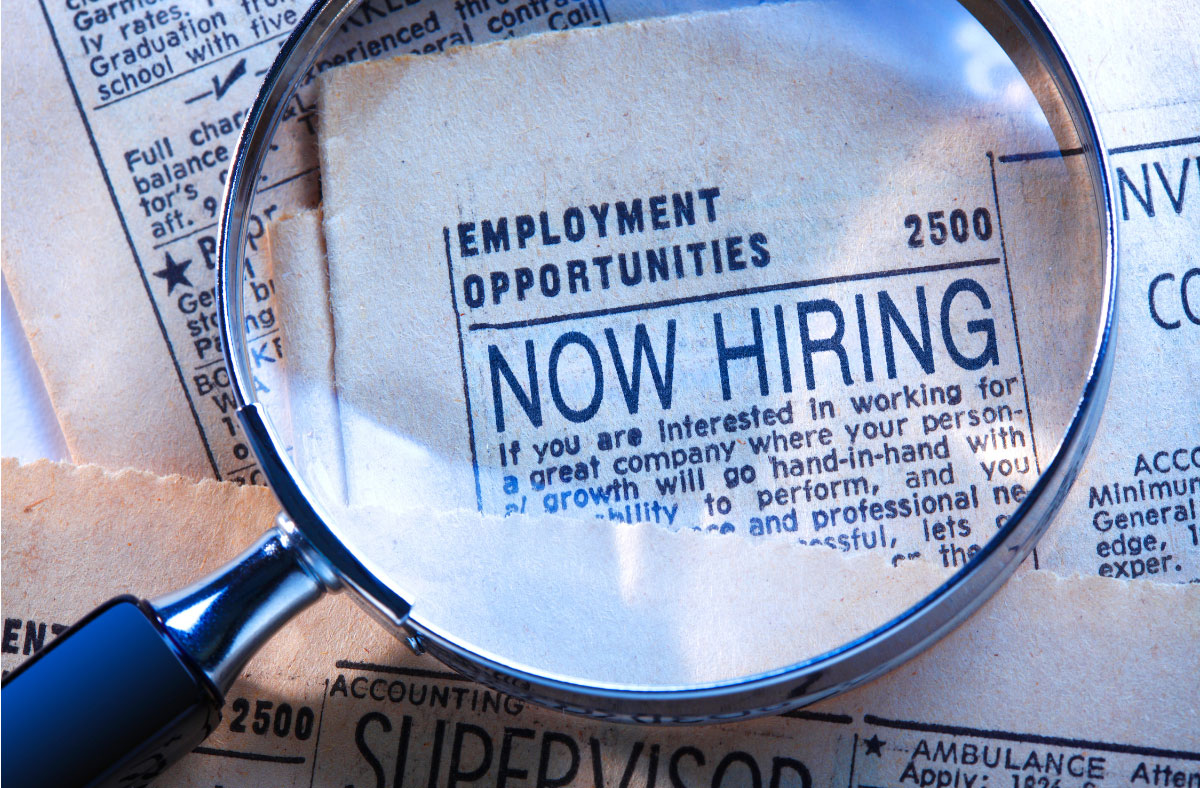
As the third largest country in the Association of Southeast Asian Nations (ASEAN), one of the biggest economic zones in the world, and an emerging manufacturing hub, Vietnam should be on every importer/exporter’s radar.
Over the past few years, Vietnam has been getting major attention as an alternative to China in the manufacturing industry, offering operating costs up to 50% lower than its giant competitor. But Vietnam is a young, still-emerging market that can present its share of challenges to businesses attempting to trade with the nation.
Is your business ready to export to Vietnam?
1. Where are the opportunities?
Vietnam is bursting with potential for importer/exporters looking for a new market. The country boasts a population of over 90 million people, the 14th largest in the world, and a growing middle class. In fact, economists expect Vietnam to be among the top 10 fastest growing economies over the next few decades.
The country’s economy is well on its way to meeting its 2020 goal of being fully industrialized. Vietnam has had its eye on global economic integration and has been actively seeking participation in free trade agreements since the 1980s. Since then it has joined APEC, the ASEAN Free Trade Area and the WTO. Vietnam is also one of the 11 countries participating in both the Trans Pacific Partnership (TPP) and Regional Comprehensive Economic Partnership (RCEP) negotiations.
We asked Julie Nguyen, Director of the Canada Vietnam Trade Council and the International Business and Development Program Coordinator at Centennial College in Toronto, Ontario to outline the best opportunities for Canadian businesses in Vietnam.
“What Canada can offer is education and training (provided in Vietnam and in Canada to international students), health (including infrastructure, facilities and equipment; health care services; and pharmaceutical products), financial services (as Vietnam’s banking system is still in its infancy), and clean technology (Canada’s best kept secret and Vietnam’s high demand),” stated Ms. Nguyen.
What Vietnam can offer is a low-cost high-skilled labour force and a middle class population that look up to Canadian values and quality of life.
2. As an emerging market, Vietnam still poses some challenges to exporters
“Vietnam is positioning itself as a key manufacturing and trade hub in the region. Yet, investing in and trading with Vietnam is not an easy go and requires careful analysis and planning,” advises Emmanuelle Ganne, Vice President, Europe at Allam Advisory Group.
The World Bank’s 2016 Doing Business Report, ranking 189 countries on the ease of starting a business within each nation, found that it takes 10 procedures and 20 days to complete the process of opening a business. Dealing with construction permits requires an additional 10 procedures and 166 days.
Dealing with complicated bureaucracy and constantly changing business policy and law can add to the complications of getting started and running smoothly. Companies looking to do business in Vietnam should also be patient, as negotiations can take some time and often have to through group consultations.
Fortunately, it’s not all bad news. Vietnam has improved in some areas, rising 3 spots in the rankings from 93rd in 2015 to its most recent evaluation of 90th.
According to the report, Vietnam has made starting a business easier by reducing the time required to register a business, made improvements to the credit information system and borrower coverage, and made paying taxes less costly by reducing corporate income tax.
3. Get to know Vietnam’s position in ASEAN
Julie stresses that in order to build successful business relationships in Vietnam, it’s important to get to know Vietnam’s trade history, its relationships with its neighbouring ASEAN nations and its economic position in the region. Ms. Nguyen explains:
Be knowledgeable of the business implications of Vietnam’s importance in ASEAN; the close and dynamic relationships among ASEAN countries; ASEAN’s relations with other non-member Asian countries such as China, Japan, and South Korea, and with major countries outside Asia such as the U.S. and UK.
Since joining the ASEAN economic bloc in 1995, Vietnam has taken on a leadership role in securing peace among Southeast Asian countries, improving economic development in the region, and tightening its ties to its fellow member nations and other major economies in the area.
As the first Indochinese nation to join ASEAN, Vietnam helped end confrontation between the Association and the Indochinese trade bloc. Vietnam has taken a lead in resolving the disputed regions of the South China Sea, making efforts to ensure the conflict is dealt with constructively.
Vietnam was successful in their efforts to have ASEAN pass the Hanoi Declaration on Narrowing Development Gaps, a commitment to integrate neighbouring countries Cambodia, Laos, and Myanmar more thoroughly into the mainstream economic activities of the bloc. The declaration also pushed for reform in infrastructure, communication, technology and human resource development.
Within Vietnam, the government has made strides to restructure its administration to better suit a global market economy. As a result of these initiatives, Vietnam-ASEAN trade, as well as trade with China, Japan and South Korea, has grown significantly in the past two decades.
4. Finding reliable partnerships is critical to export success
As with many Asian nations, developing strong relationships with professionals on the ground will help tremendously when it comes to navigating the often complex processes and administration. Partners can also help you develop business connections and get to know the business culture of the region. Ms. Nugyen says:
Have effective and reliable partners who could get things done for you is the shortest route. It is often trial-and-error until you can find such partners. Look for individuals in companies/organizations whom you can rely on and work with.
Building these relationships takes time, and involves getting to know each other on a personal level as well as a business level. This often involves eating and drinking together, an important part of Vietnamese culture. Study up on the proper etiquette in both social and formal business situations to avoid confusion and unwelcome surprises.
Finding a good partner means taking a detailed look at what your business can offer in this market, and conversely, what a potential partner can offer you in exchange.
“Canadian and Vietnamese partners would need to find special niches to make the partnership work. Canadian businesses tend to look to China, while Vietnamese businesses tend to look to the U.S. market. Being two smaller markets next to two giant ones means that you need to focus on the unique things that you can offer your partner,” advises Ms. Nguyen.
5. Be prepared for unexpected changes in business law
Having local partnerships in the region can also provide critical assistance when it comes to navigating the murky “grey areas” in Vietnam’s ever-evolving legal framework. Much of the business law system requires interpretation, which can lead to confusion over the application and compliance of applicable laws.
A local partner can help you understand and adhere to local regulations, customs, and permits required to do business in the country. Ms. Nguyen warns:
Be ready for unexpected changes in your business, as business law and dispute resolution in Vietnam is still in its infancy.
Vietnam is a burgeoning new market offering plenty of opportunities for North American exporters. There may be challenges in setting up shop and navigating a very different business culture, but the effort can be worth the while for those enterprising enough to try.







disqus comments